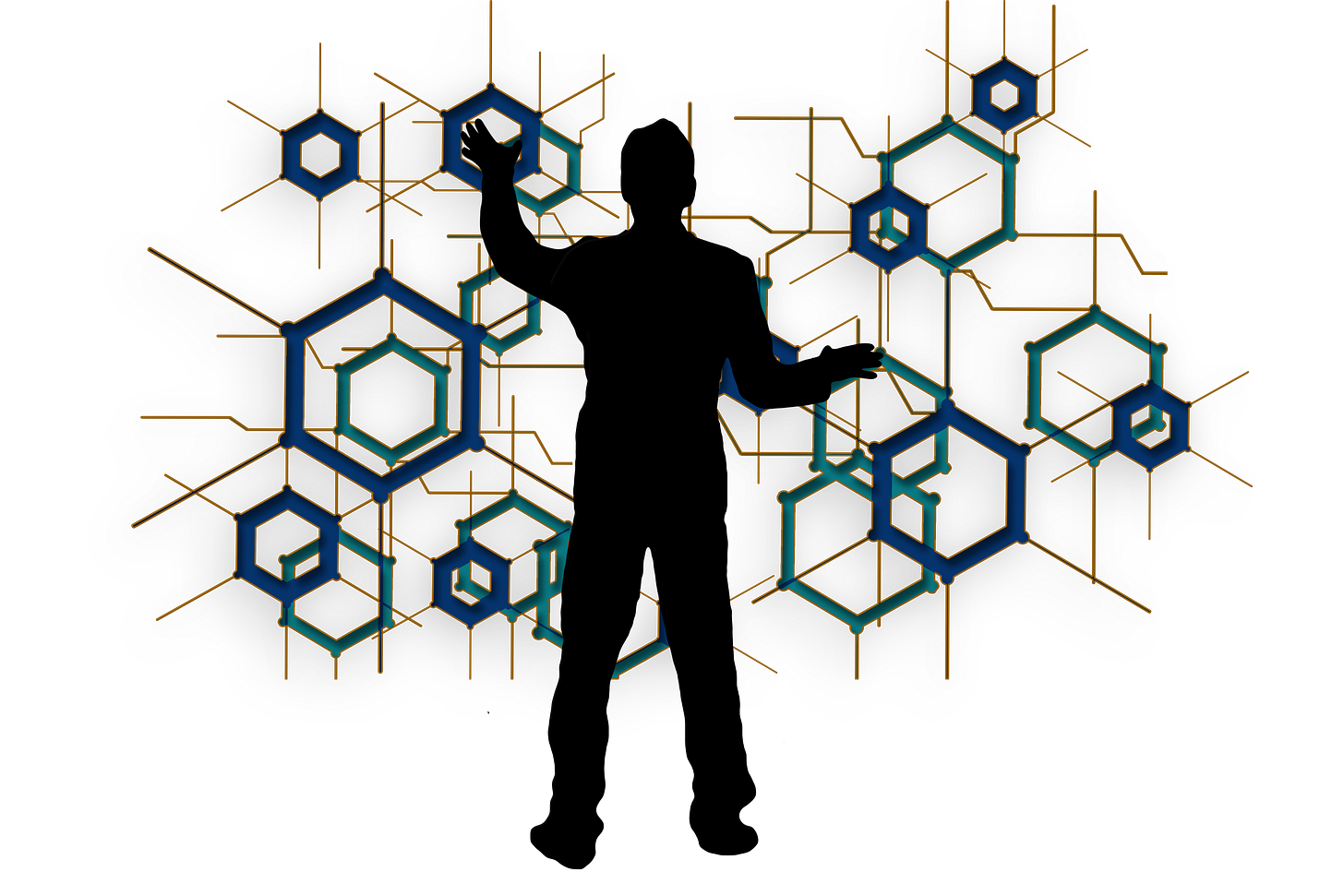Governance Tokens (Part 2)
Part 1 covered Use cases of Governance Tokens and Governance Mechanisms. Part 2 analyzes the top 3 Governance Tokens - Uniswap, Maker, and Aave.
Part 1 covered Use cases of Governance Tokens and Governance Mechanisms. Part 2 analyzes the top 3 Governance Tokens - Uniswap, Maker, and Aave.
Note:
The 24-hour Volume / Marketcap ratio is a strong indicator of the liquidity of a cryptocurrency. The higher the ratio, the easier it is to buy or sell.
The Market cap / TVL ratio is a strong indicator of the investment potential of a cryptocurrency.
1. Uniswap (UNI)
Uniswap (UNI) is a decentralized protocol for automated liquidity provision on Ethereum.
One major problem with illiquid assets on regular exchanges is "high spreads".
Uniswap solves this problem by enabling everyone to become a market maker. Uniswap suffers from high slippage for large orders because the price paid increases with the increase in the quantity.
UNI holders collectively control:
Uniswap governance
UNI community treasury
The protocol fee switch
Uniswap.eth ENS name
Uniswap Default List (tokens.uniswap.eth)
SOCKS liquidity tokens
Let’s talk numbers
Price: $4.5
Market cap: $2.6 billion
Volume (24h): $ 62 billion
Volume / Market cap (24h): 2.40%
Total value locked (TVL): $3.3 billion
Market cap / TVL: 0.78
Uniswap's Volume / Market cap (24h) is a healthy 2.40% and compares well with Bitcoin (2.45%) and Ethereum (2.71%).
Uniswap's Market cap / TVL is 0.78 indicating that it is under-valued.
2. Maker (MKR)
MakerDAO is a decentralized organization while Maker Protocol is a software platform, that allows users to issue and manage the DAI stablecoin.
Maker (MKR) is the governance token of the MakerDAO and Maker Protocol.
Maker Protocol enables over-collateralized loans by locking ETH in a smart contract and minting Dai, a USD-pegged stablecoin. Dai can be traded and used for payments.
MKR is minted & burnt depending on the debt status of MakerDAO. If the financial resources of the protocol cannot cover its debt, new tokens are minted. If there is a surplus, tokens are burned.
To vote on proposals users need to own MKR, or have it delegated to themselves. Then you need to create a voting contract and lock MKR tokens in it.
Let’s talk numbers
Price: $1132
Market cap: $1.1 billion
Volume (24h): 55 million
Volume / Market cap (24h): 5%
Total value locked (TVL): $5 billion
Market cap / TVL: 0.22
Maker’s Volume / Market cap (24h) is a healthy 5% and compares well with Bitcoin (2.45%) and Ethereum (2.71%).
Maker’s Market cap / TVL is only 0.22 indicating that it is under-valued.
3. Aave (AAVE)
Aave (AAVE) is 2 things - a decentralized non-custodial liquidity market protocol as well as a crypto token.
As a protocol, Aave enables the lending and borrowing of crypto.
Lenders deposit funds in a smart contract. These funds can be withdrawn on-demand. These funds can also be exported as aTokens which can be moved and traded as an Ethereum token.
Borrowers can borrow in 2 ways:
in an overcollateralized manner, or
in an undercollateralized manner using ‘flash loans’.
Flash loans allow anyone to borrow any amount of assets without the need to provide any collateral. But the loan and interest must be repaid within one ‘block transaction’. The Aave Protocol is very popular since it is open source and enables anyone to interact with it using:
a user interface client,
Application Programming Interface (API), and
directly with Ethereum smart contracts.
One challenge is that interacting with Aave requires Ethereum transaction fees to be paid.
As a token, AAVE gives holders discounted fees and also serves as a governance token by giving holders a vote in the protocol's development. AAVE can also be staked.
Let’s talk numbers
Price: $55
Market cap: $803 million
Volume (24h): 51 million
Volume / Market cap (24h): 6.42%
Total value locked (TVL): $4.6 billion
Market cap / TVL: 0.18
Aave’s Volume / Market cap (24h) is a healthy 6.4% and compares well with Bitcoin (2.45%) and Ethereum (2.71%).
Aave’s Market cap / TVL is only 0.18 indicating that it is under-valued.
Source for metrics: CoinMarketCap as of 7 September 2023.



